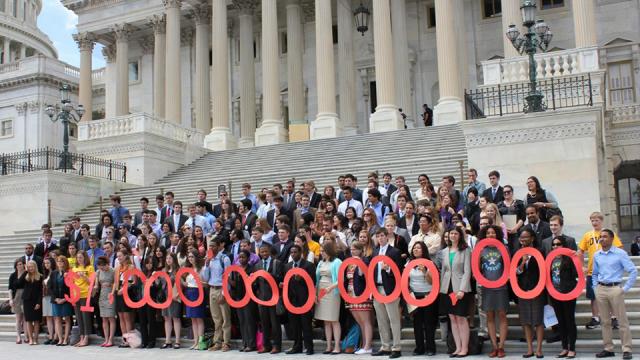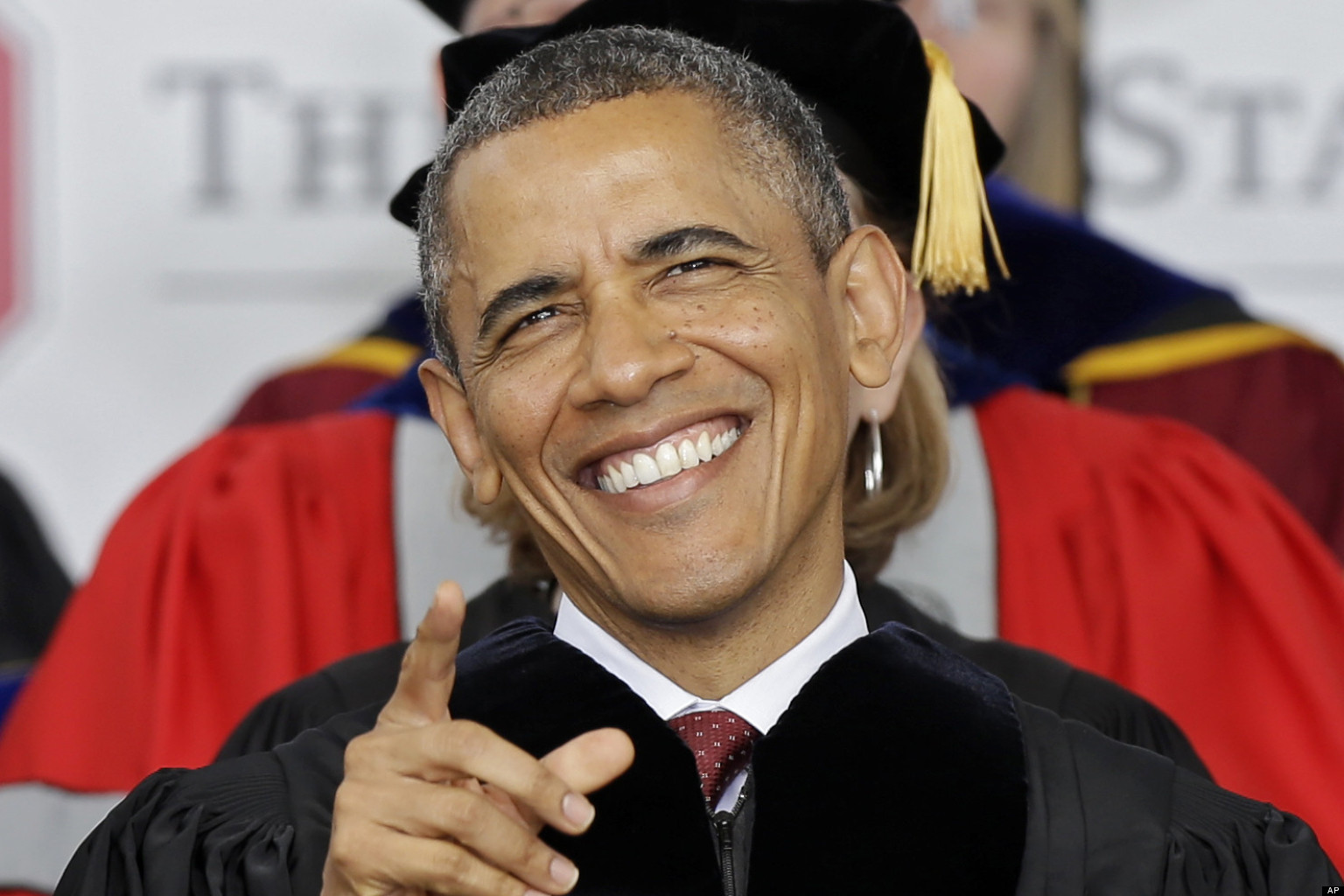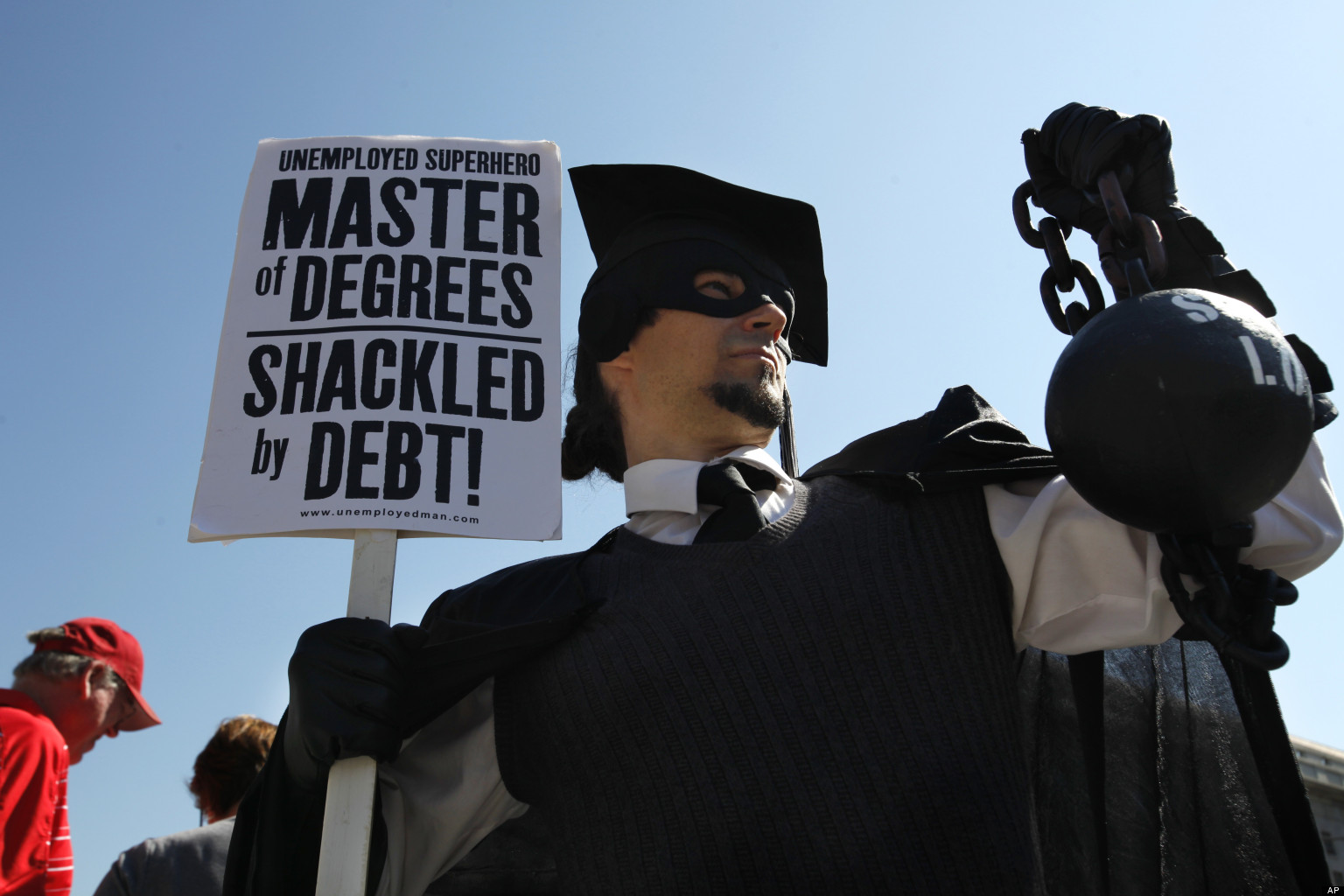
Congressional lawmakers threw young Americans under the bus again when they failed to pass a bill that would prevent the interest rate on a key group of student loans from automatically doubling on July 1.
The inaction on behalf of lawmakers means that, as of July 2013, students who receive new subsidized Stafford loans to help pay for college this fall will be racking up interest at a new 6.8% rate rather than the previous 3.4% rate. It is estimated that the hike will increase the cost of college by $1,000 per year, per loan, putting a degree that much further out of reach for over 7 million US students who are affected by the rate hike.
Plans to avoid the rate hike were offered from both Republicans and Democrats, all with different nuances, and readers interested in the details can learn more about the differences here. A notable solution was Sen. Elizabeth Warren’s “Bank on Students Loan Fairness Act,” which would have lowered the interest rate on federally-subsidized loans to 0.75% — the same preferential interest rate the biggest banks receive for the billions they borrow from the Federal Reserve.
But of the half dozen or so proposals, few amounted to more than placing a band-aid on the situation, and none of them actually became law in time to keep the rate from doubling. Senate Democrats have said that they hope to pass a new bill by July 10 that will retroactively undo the hike, but that bill would still have to be approved by the Republican-controlled House, which could bring the debate back to square one again.
The approaching deadline and eventual interest rate hike rightfully sparked a great deal of discourse about student loans in the media, on campuses, and among student advocates. But when we consider the fact that subsidized Stafford loans, the only loan category affected by last week's hike, comprise just 25% of federal student loans, it is clear that much of the discourse has failed to grasp the bigger picture: young people were suffering long before the interest rates on subsidized Stafford loans doubled.
The real story here is not the accounting issue but the moral issue of how our nation decided to continue forcing its youth to pay in advance, through crippling debt, for access to the hope of a viable career and economic future, with the caveat that they may not even see that career or future materialize. The real story is about the slow dismantling of affordable education — one of the last means of upward mobility in America — and the exclusion of a generation from the "American Dream."
Whether it was real at any point or not, the "American Dream" is the story our nation tells in which anyone, regardless of identity, can achieve upward mobility and prosperity by working hard, and in which parents can make sure their children live better lives than they themselves have lived. Access to a quality, affordable — indeed free — education has long been viewed within that story as the key to that better future for the next generation. The common telling of the story of the "American Dream" never includes a generation living through a 20-year period of indentured servitude.
But this is indeed the reality behind the student loan rate hike, which is simply the visible tip of the iceberg of generational injustice that is being enacted in slow motion. The accounting story of how this year's new class of college freshmen will pay more on their loans is best understood in the context of this larger moral story, the contours of which can be grasped by looking at a few facts.
According to a study by Fidelity Investments, the class of 2013 graduated with an average $35,200 in student debt. This is due largely to the fact that the cost of a college degree, as estimated by Bloomberg, has risen 1,120% since the class of 2013's parents went to college 30 years ago.
And as these new graduates desperately seek employment to start paying down their exorbitant student loans — most of which already carried interest rates as high as or higher than the newly double rate on subsidized Stafford loans — they are finding few options for real careers available to them. The job market is bleak for young people in America, with the International Labor Organization reporting thatyouth unemployment is at 16.3%, and the Associated Press reporting last year that one in two recent graduates are unemployed or working jobs that require less than a college degree.
On top of all this, a recent finding from the One Wisconsin Institute shows that the average monthly student loan payment for a graduate with a bachelor's degree is $499, and $653 for those with a master's degree. The same study found that, factoring in the low wages paid by menial jobs that recent graduates are forced to take, the average student will spend nearly 20 years or more paying off their student loans.
Let that sink in: two decades to pay for college. And in that time, student debtors will continue to struggle to afford a new car, buy a house, start a family, or save for retirement. So not only will today's generation of recent college graduates start their lives off in the hole, but they will probably end them there too, because as an Urban Institute study shows, younger generations' loss of wealth and lack of long-term gains have been even greater than what was lost by older generations.
Taken together, we are faced with the reality that, as the New York Times reported, "for the first time in modern memory, a whole generation might not prove wealthier than the one that preceded it."
The true meaning of the inaction in Congress on student loans is that our nation has decided to stay the course on keeping its young people from taking part in the better future that has been promised to them in so many retellings of the story of the "American Dream." Yes, it means that next year's freshmen will have to pay more for their college educations, but in the face of the crippling debt burden that they were all but guaranteed to be taking on already, the increase is just a drop in a bucket of despair.
It is important to note that the recent indecision in Congress will be received by new college students as just one more piece of evidence in the mounting pile of proof that their government does not serve their interests — that it cares more about Wall Street and the economy than the citizens it is supposed to protect. And when they graduate in the next few years, they will join their peers as one of the largest, most educated, least financially viable groups of young people in American history.
But what is most important to remember today, and tomorrow, is that it was young people with those same demographics who started the uprisings that toppled the wealthy ruling classes of Tunisia, Egypt, and beyond during the Arab Spring. The new generation of American student debtors will remember that fact better, and for longer, than the people to whom they owe their debts. Our nation's leadership ignores the student debt crisis at its own peril.
3 WAYS TO SHOW YOUR SUPPORT
- Log in to post comments













